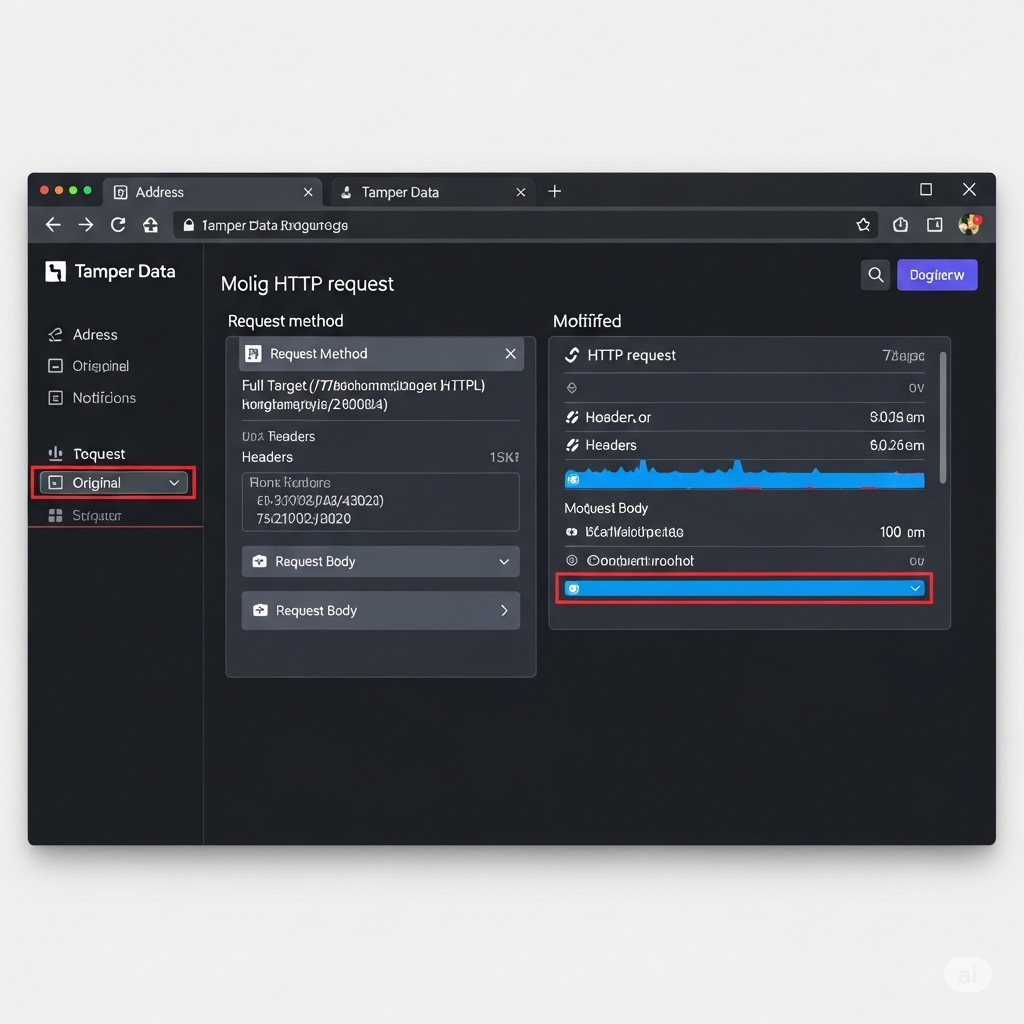Tamper Data, often used as a browser extension to modify HTTP requests on the fly, presents a significant security risk to web applications. Developers and cybersecurity professionals must understand how to protect systems from these threats to avoid data breaches, unauthorized access, and application misuse. This article explores comprehensive, real-world strategies for overcoming tampering data and strengthening your web infrastructure.
Understanding Tamper Data and Its Impact
What is Tamper Data?
Tamper Data refers to both a category of cyber threats and a tool historically available as a Firefox add-on that allows users to intercept and modify HTTP headers and POST parameters before they are sent to a server. While tools like these are valuable for debugging, they also present a significant risk in the wrong hands.
By altering data like user roles, pricing, or authentication tokens, attackers can manipulate how applications behave—often with severe consequences.
Real-World Examples of Tamper Data Attacks
Consider a simple online form that updates user permissions via a hidden field. A user armed with a tamper data extension could modify that field before submission, elevating their privileges. Similarly, in e-commerce, attackers may alter the price of a product in an HTTP request to pay less or nothing at all.
These attacks underscore the need for strong backend validation and real-time security monitoring.
Key Principles in Overcoming Tamper Data Attacks
Validate All Inputs on the Server Side
One of the most effective ways of overcoming tampered data is server-side input validation. Never trust client-side inputs, even if they originate from drop-down menus or hidden fields. Attackers can and will modify these.
Ensure every parameter, such as user IDs, roles, or payment amounts, is validated against server-stored data. If you’re running a transaction for $0.01 instead of $100 due to manipulated data, it’s likely because your backend trusted client-side info blindly.
Implement Strong Authentication and Authorization
Secure authentication protocols such as OAuth 2.0, multi-factor authentication (MFA), and session management policies reduce the success of tamper data attacks. Authorization checks should be performed at each step of the user interaction; don’t assume a logged-in user has access to specific resources without verifying their permissions.
Use HTTPS and Secure Headers
Consistently enforce HTTPS with strong TLS encryption. It prevents MITM (man-in-the-middle) attacks where traffic could be intercepted and modified. Secure headers such as X-Frame-Options, Content-Security-Policy, and Strict-Transport-Security reduce attack surfaces and protect against injection via tamper tools.
Tokenization and Session Validation
Use signed tokens, such as JSON Web Tokens (JWT), to secure communication. Tampering with these tokens is difficult due to cryptographic signatures. Additionally, use session validation on every request and track any unexpected behavior to detect potential tampering attempts.
Learn how major platforms protect their API tokens in this HubSpot Developer Documentation.

Front-End Best Practices to Complement Backend Security
Obfuscate and Minimize Client-Side Scripts
While this won’t stop a determined attacker, obfuscating JavaScript code can delay and deter manipulation. Minification removes comments and renames variables, making it harder to identify which parameters to tamper with.
Tools like UglifyJS or Google Closure Compiler are excellent for this purpose. However, remember that this is an added layer—not a standalone security measure.
Avoid Storing Sensitive Data in the Front End
Never store passwords, user roles, pricing logic, or business rules in the client-side code. Doing so invites tampering. Instead, handle sensitive operations exclusively on the server and serve only sanitized, minimal data to the front end.
Monitoring and Detecting Tamper Data Activities
Implement Real-Time Logging and Alerts
Real-time logging helps detect anomalies in HTTP requests. For example, if a POST request contains unexpected parameters or malformed data, flag it immediately. Alert security teams or block the session proactively.
Security tools like OWASP ZAP or custom-built log analysis tools are crucial in detecting tampered data usage.
Use Web Application Firewalls (WAF)
A WAF provides a first line of defense by inspecting incoming traffic and blocking suspicious requests. WAFs, such as Cloudflare WAF or AWS WAF, can detect signature-based patterns commonly used in tampering tools.
They act as gatekeepers, ensuring that only clean traffic reaches your application, reducing the surface area for tamper data attacks.

Leveraging Secure Development Practices
Adopt Secure Coding Standards
Security starts with code. Avoid insecure patterns such as trusting client-side inputs, exposing API keys, or neglecting authorization checks. Follow OWASP Top 10 guidelines and perform regular code audits.
Additionally, integrate security in your CI/CD pipeline with tools like Snyk, Checkmarx, or SonarQube.
Conduct Regular Penetration Testing
Simulate real-world tamper data attacks through pen-testing. This helps uncover potential loopholes before malicious actors find them. External cybersecurity consultants often bring a fresh perspective and can identify vulnerabilities that internal teams may overlook.
Consider utilizing professional penetration testing resources, such as HackerOne, for managed bug bounty programs.
Educating Teams and Users
Security Training for Developers
Ensure your development team understands the risks associated with tampering with data tools. Offer training modules on secure coding, data validation, and identifying tamper scenarios. Empower developers to think like attackers during the development phase.
User Awareness and Error Handling
While users may not intentionally tamper with data, clear error messages and secure redirects help maintain application integrity even during accidental misuse. Provide helpful guidance rather than vague server errors to minimize frustration and avoid disclosing too much detail.
Conclusion: Securing Your Web Application from Tamper Data Attacks
In a world where browser-based tampering tools are accessible to nearly anyone, it’s crucial to design systems that assume client-side inputs can be manipulated. The most effective way to overcome tamper data is a multi-layered security strategy, which includes robust server-side validation, secure communication protocols, behavior tracking, and proactive threat mitigation.
Don’t rely solely on obfuscation or front-end restrictions. Instead, empower your backend, monitor intelligently, and educate your development teams to stay ahead of cyber threats. Take action now—before your app becomes another cautionary tale in the world of cybersecurity.













